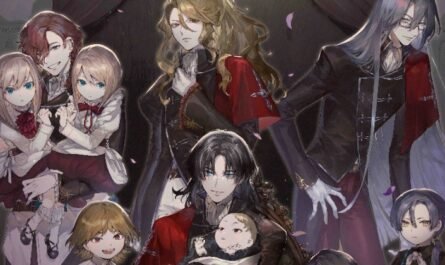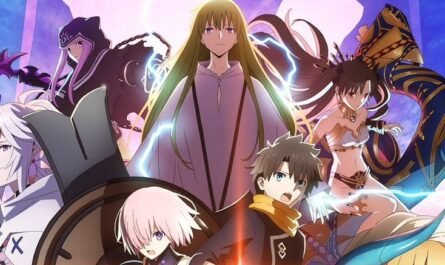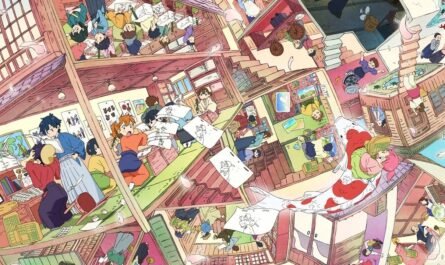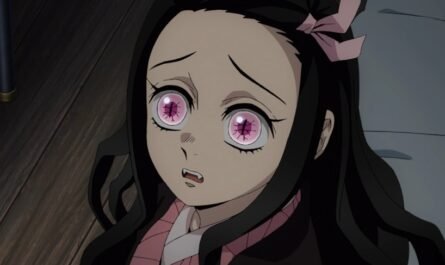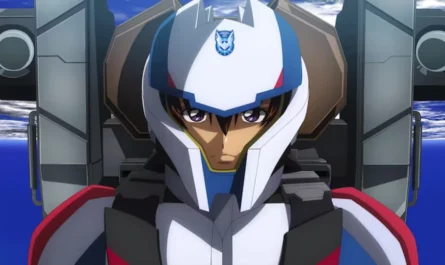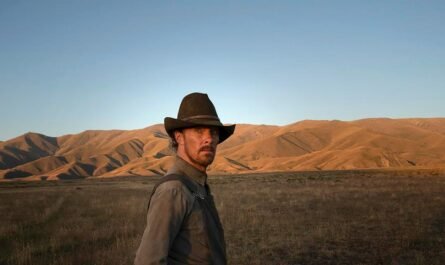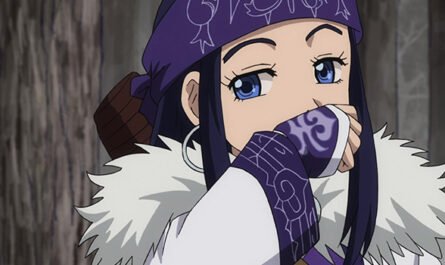The reason why the “despair and hope” depicted in episode 11 hits so hard: As the title suggests, episode 11 depicts “despair,” but at the same time, it powerfully speaks about what “hope” is—the burden that Natsuko is currently shouldering as a genius animator.
The pain of “inability to draw even though you have to.” Her abnormally long bangs that hide her face represent a rejection of others, which is now directed at her. Natsuko then realizes how she has behaved towards others.
However, the scene changes, and the drawing of Luke that she drew for a classmate who is transferring schools is discussed. It is a precious memory for her of someone praising her drawing. However, even that is torn to shreds. Having lost her only redeeming quality, her “talent,” and her “confidence,” Natsuko is trapped in messy lines. It is a sequence that visually depicts “failure” clearly and tastefully. However, a simple but powerful word from Yunio saves her from the ship: “I like your drawing.”
Natsuko then remembers the first time she saw “The Perishing Story.” From there, it is depicted how meaningful “The Perishing Story” and the character Luke Braveheart are to her and how they have been with her for a long time.
This series of scenes, richly depicted with emotional expression, is directed at those who, like her, have continued to embrace the things they love and who have been able to continue standing thanks to them. Along with Natsuko, we also remember our “first love.” And we know it will be the key to saving the world and ourselves.
The direction of Luke’s appearance when Natsuko “twunks” after defeating the “Super Hollow Void ” in episode 12 is also good. The story has a happy ending as a secondary creation of Natsuko, a fan of the work. The original director, Tsuruyama Kametaro, criticized this as an easy choice, spitting out, “Don’t think that only happy endings are entertainment,” and flew away. Of course, the director’s point is actual.
Young Natsuko also liked “The Perishing Story,” which had a depressing ending. However, this work and Natsuko have arrived at the answer: “Sometimes that’s fine.” While honestly depicting the pain of “continuing to write,” the film is more than a warm and charming work conveying a message about first love: that “Tunku” is the source of life, the importance of remembering this, and the personal growth that comes from it.


